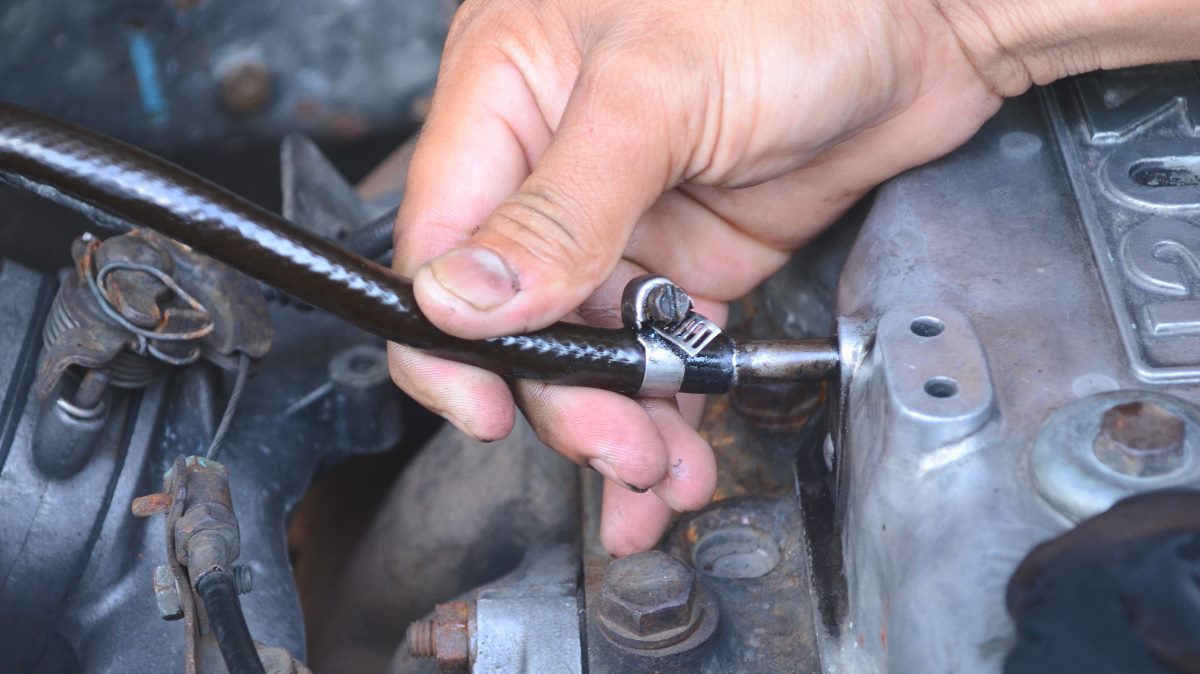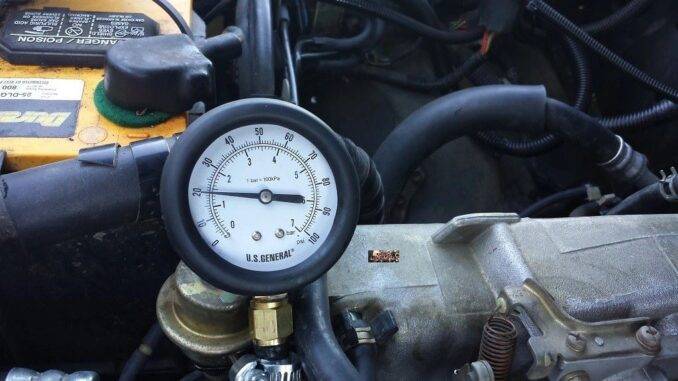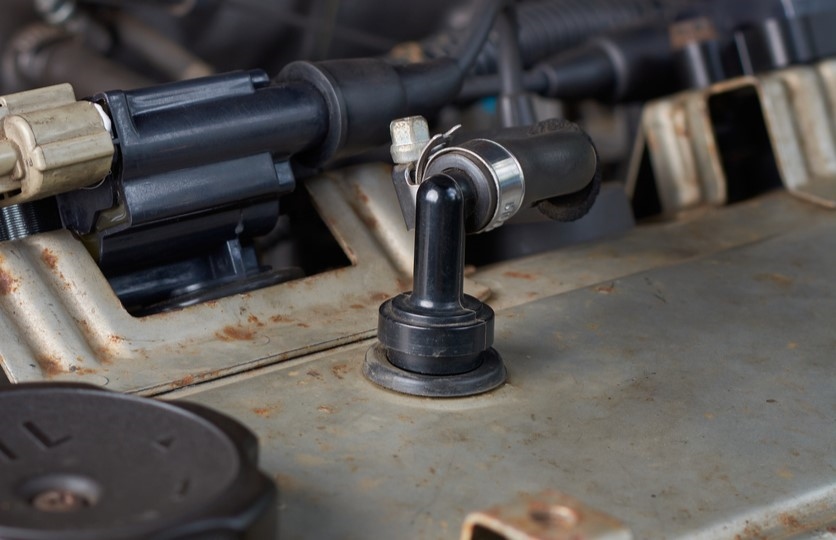Faster Delivery in 3-5 Days
Faster Delivery in 3-5 Days

When your check engine light pops on with the code P0174, it means your engine is running too lean on Bank 2—essentially, there’s too much air or not enough fuel in the mix. If left unaddressed, this issue can lead to rough idling, sluggish acceleration, and poor fuel economy.
Thankfully, with the help of a quality diagnostic scan tool like the Autel MaxiCheck MX900, you can get to the root of the problem quickly. Below are seven proven solutions (plus FAQs) to help you fix P0174 fast and restore your engine’s performance.
One of the most common causes of code P0174 is a vacuum leak. If there's a leak in your intake system, it allows unmeasured air to enter the engine—throwing off the air-fuel mixture and causing a lean condition.
Start by inspecting:
Look for cracks, holes, or loose fittings. Fixing even small leaks can make a big difference in performance and fuel efficiency.

Check the vacuum hose for vacuum leaks.
The MAF sensor measures how much air enters the engine. If it’s dirty or failing, it can send incorrect data to the engine control unit (ECU), leading to a fuel mixture that’s too lean.
Try cleaning the MAF sensor using a specialized cleaner, but if that doesn’t help, replace it. A properly working MAF sensor ensures accurate air-fuel ratios and prevents recurring P0174 codes.
Restricted fuel flow can also trigger a lean condition. Dirty or clogged fuel injectors, an old fuel filter, or a weak fuel pump could prevent enough fuel from reaching the engine.
Here’s what to check:
These steps help ensure your engine gets the fuel it needs to run smoothly.

Use a fuel pressure gauge to check whether the fuel pump outputs normal pressure.
Oxygen sensors measure the amount of oxygen in the exhaust gases. Faulty readings—especially from the upstream (pre-cat) O2 sensor on Bank 2—can lead the ECU to make poor fueling decisions.
Signs of a failing sensor include:
Replace any sensors that are slow to respond or giving erratic readings. Autel scanners can help monitor real-time O2 sensor data during diagnosis.
The Positive Crankcase Ventilation (PCV) system is another often-overlooked culprit. A stuck-open PCV valve or cracked PCV hose can introduce extra air, throwing off your engine’s calibration.
Check for:
Replace the valve or hoses if needed. This low-cost repair can eliminate lean codes and improve idle quality.

The PCV system can cause issues if the valve sticks open or hoses crack, letting in excess air.
The fuel pressure regulator keeps fuel pressure within a precise range. If it’s faulty, your engine might not get enough fuel—causing a lean condition.
Watch for these signs:
Use a fuel pressure gauge to test for proper pressure. If readings are too low, replacing the regulator may solve the problem.
Before you start replacing parts, use a professional-grade scan tool like the Autel MaxiCheck MX900 or MaxiSys MS906 Pro to pinpoint the exact issue. These tools allow you to:
An accurate diagnosis saves time and money—and prevents throwing parts at the problem.

An Autel scan tool can diagnose the code and pinpoint its cause.
The P0174 code can be frustrating, but it’s fixable. Most causes boil down to unmeasured air or restricted fuel delivery. By following these practical steps—starting with a scan tool and working through the intake, fuel, and sensor systems—you can get your vehicle running properly again.
Absolutely. A contaminated or faulty MAF sensor is a top cause of lean conditions. Try cleaning it first, and replace it if necessary.
Listen for hissing sounds around the intake system, and look for cracked hoses or gaskets. A smoke machine or carb cleaner spray can also help identify leaks.
Not necessarily. Always test the sensor’s performance first with a scan tool. Only replace it if it’s clearly malfunctioning or sluggish.